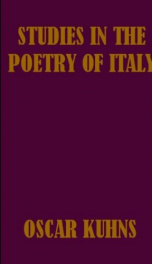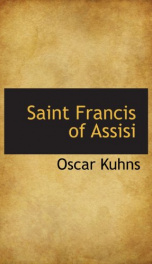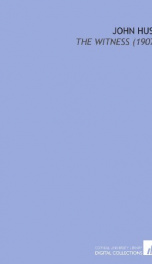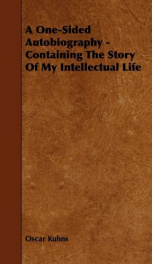the treatment of nature in dantes divina commedia
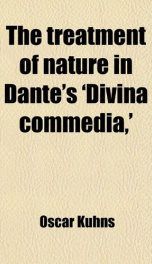
Purchase of this book includes free trial access to www.million-books.com where you can read more than a million books for free. This is an OCR edition with typos. Excerpt from book: CHAPTER III THE DIFFERENT ASPECTS OF NATURE AS SEEN IN THE INFERNO, THE PURGATORIO, AND THE PARADISO. As might naturally be expected, the features of Nature which are seen in the Divina Coin- media are different in the three great divisions of the poem. The picture that unrolls itself before our eyes in Hell and Purgatory is painted with great clearness, exactness, and detail. The same power which enables the poet to produce such striking pictures of human life and character manifests itself likewise in the realm of animate and inanimate Nature. In his description of the Infernal world Dante differs widely from Milton, with whom it is natural to compare him, in the minuteness of his details. Whereas Milton's Hell is vague, vast, grand, and sublime, Dante follows the characteristics of the Middle Ages in the almost geometrical accuracy of his descriptions. Thus the stream that strikes athwart the sandy plain in the sixth circle is flanked by dikes such as the Flemish build, between Wissant and Bruges, to keep out the sea, only not so large.1 In some instances the exact measurements are given ; for instance, the ninth of the Malebolge is twenty-two miles in circumference ;2 and we are told later that the first Terrace of Purgatory is so narrow that from the edge of the precipice to the perpendicular wall of the mountain, it measures only three times the length of the human body.3 There is a striking difference between the landscapes (as well as the souls that inhabitthem) of Hell and Purgatory. Coleridge has noted the way in which Shakespeare seems to give the keynote of tragedy or comedy in the first scene of his plays. In similar manner the shudder that strikes the soul while passing under the dread inscription that marks the gate of Hell 1 ' Quale i Fiamm...
Info about the book
Author:
Series:
Unknown
ISBN:
1149974818
Rating:
3/5 (5)Your rating:
0/5
Languge:
English
Users who have this book
Users who want this book
What readers are saying
What do you think? Write your own comment on this book!
write a commentif you like the treatment of nature in dantes divina commedia try:
Do you want to exchange books? It’s EASY!
Get registered and find other users who want to give their favourite books to good hands!


